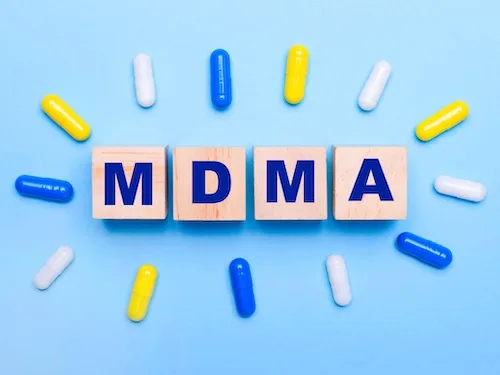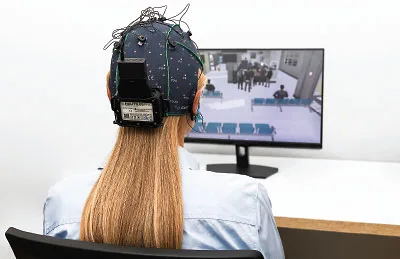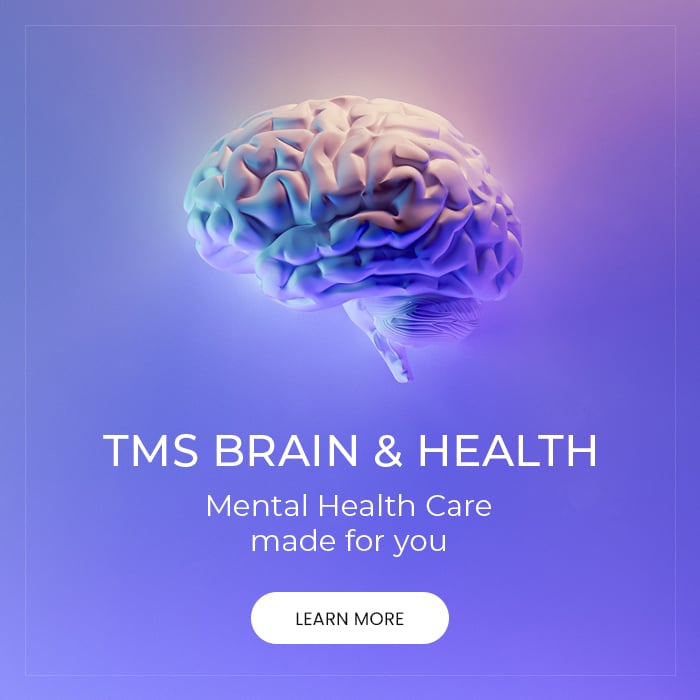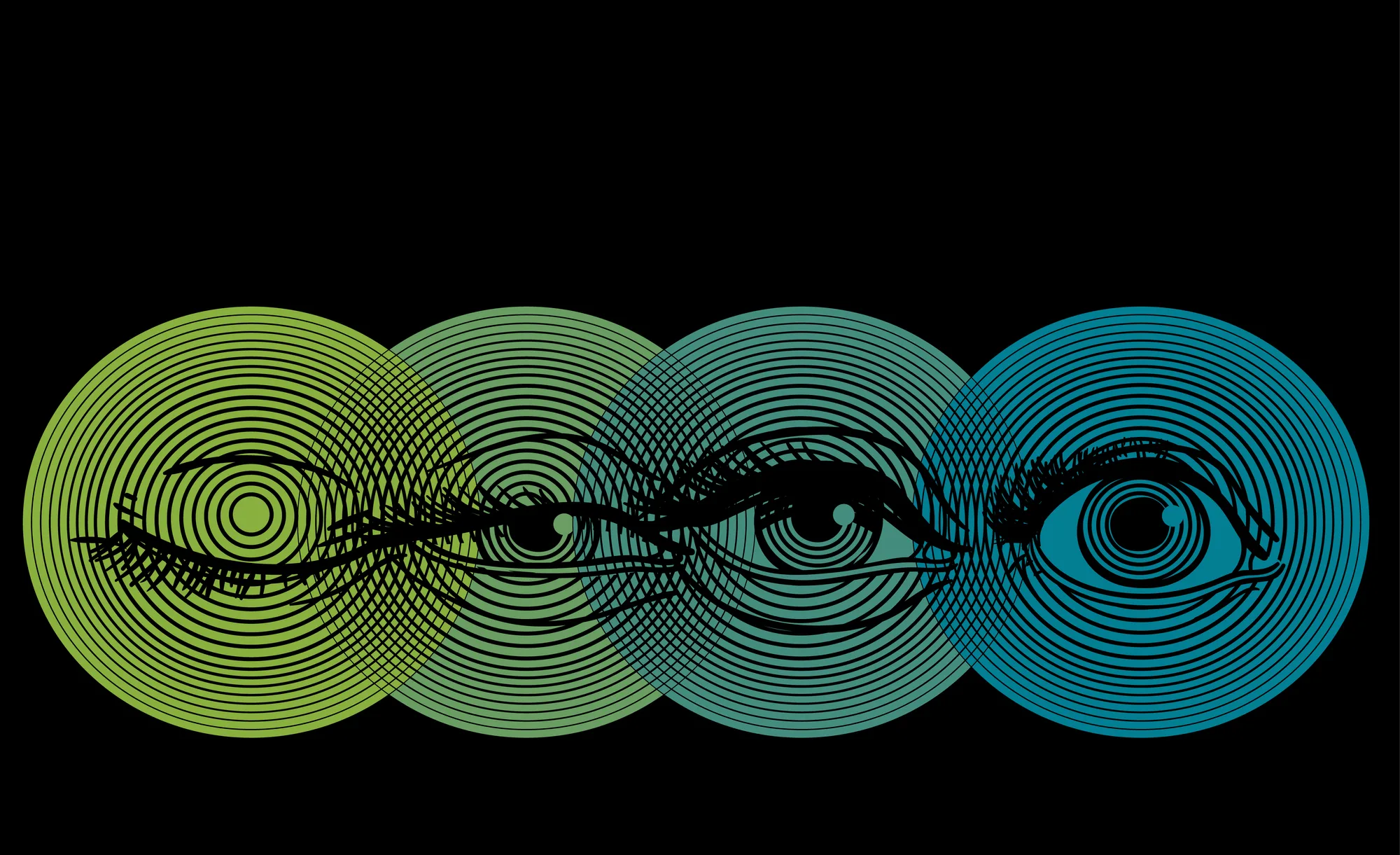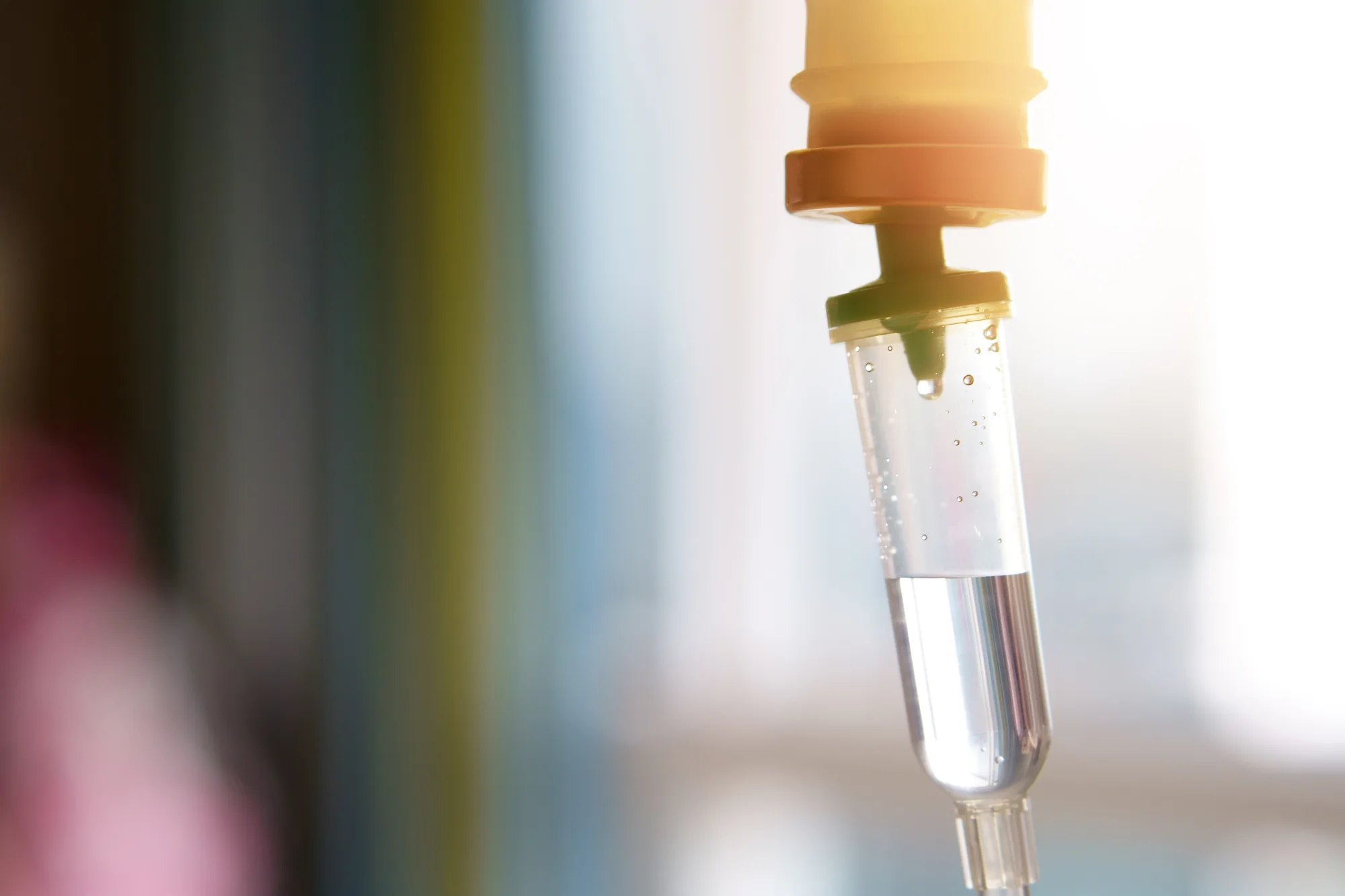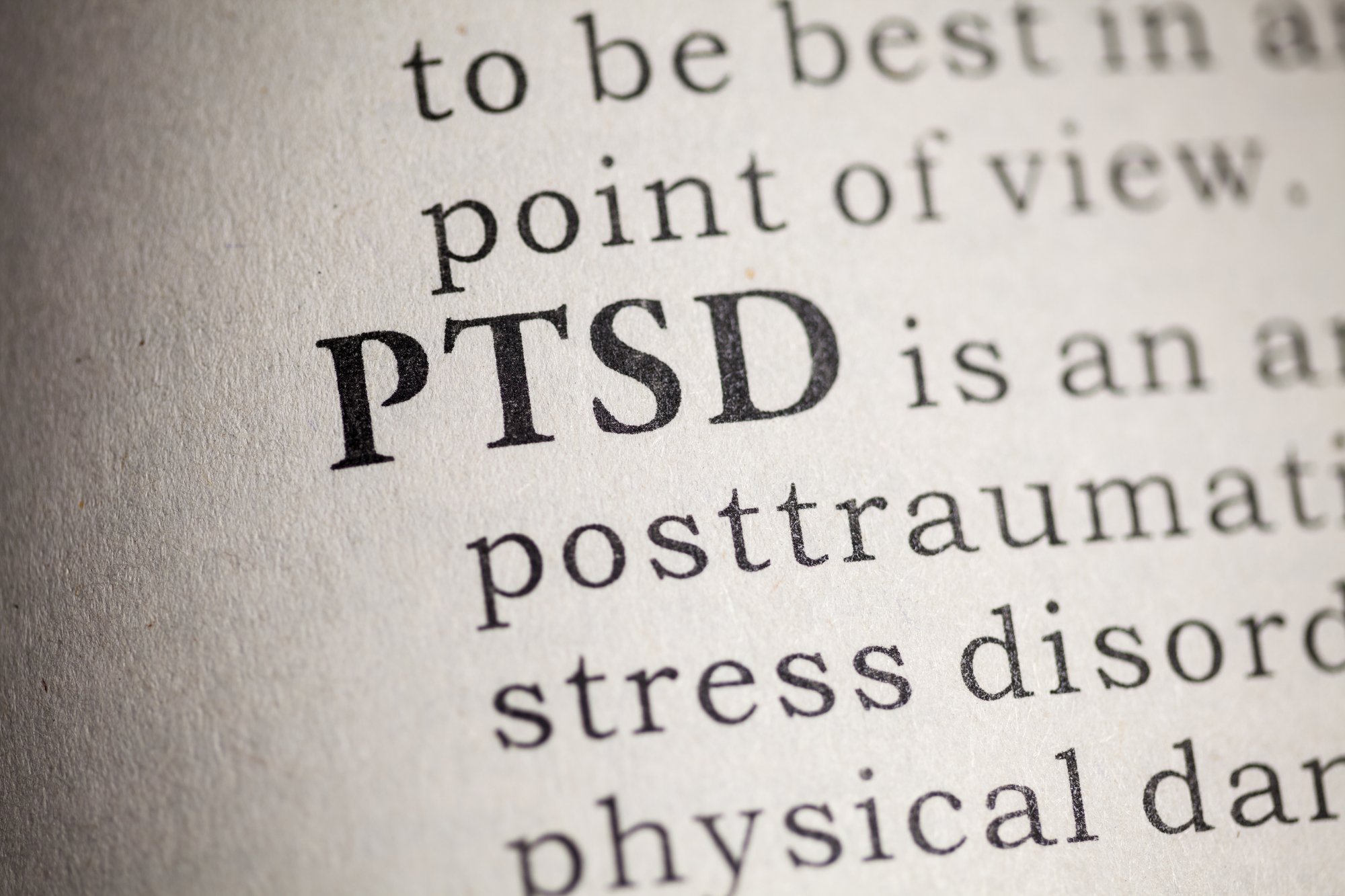Depression is a mental health condition characterized by persistent feelings of sadness or hopelessness and a loss of interest in once enjoyed activities. The symptoms of depression can significantly interfere with carrying out daily activities and personal relationships. As one of the leading causes of disability worldwide, most people are familiar with depression. However, many people are unaware that there are multiple types of depression. Two of the most common types are major depressive disorder (MDD) and persistent depressive disorder (PDD). These forms of depression are very similar and are often confused with each other. If you are struggling with depression, it’s important to understand which kind you have so you can find an appropriate treatment. So, let’s take a look at the definitions of each and the differences between these two disorders.
Major Depressive Disorder (MDD)
MDD is often referred to as depression or unipolar depression, and is a mood disorder that causes feelings of sadness and anhedonia. MDD can significantly interfere with a person’s relationships, day-to-day life, and work or school performance. The symptoms of MDD can include:
– A depressed mood lasting the majority of the day
– Fatigue or lethargy
– Feelings of hopelessness or worthlessness
– Insomnia or hypersomnia
– Sudden changes in weight or appetite
– Difficulty making decisions or concentrating
– Loss of interest in previously enjoyed activities (anhedonia)
– Slower or faster psychomotor movements
– Frequent thoughts of death or suicide
In order for an individual to be diagnosed with major depression, they must experience at least five of these symptoms, with at least one of them being either depressed mood or anhedonia. The depressive episode must occur for at least two weeks and cause significant distress or impairment in functioning.
Persistent Depressive Disorder (PDD)
Previously known as dysthymia, persistent depressive disorder is a long lasting form of depression. The symptoms are very similar to MDD, and both are characterized by persistent feelings of sadness. People with PDD may find it difficult to feel upbeat even in happy moments. This disorder can also significantly impair personal relationships, day-to-day life, and performance at work or school. It can make enjoying hobbies and socializing difficult, and can lead to overwhelming feelings during stressful situations. The symptoms of PDD include:
– Depressed mood or feelings of sadness
– Insomnia or hypersomnia
– Low self-esteem
– Feelings of hopelessness
– Poor appetite or overeating
– Difficulty making decisions or concentrating
To be diagnosed with PDD, an individual must experience at least three symptoms, with one being depressed mood, for at least two years. Adolescents and children experiencing PDD may be more likely to experience irritability instead of depressed mood as a symptom.
What are the differences?
As you may have noticed, the major difference between MDD and PDD is the duration of symptoms. Major depression is defined as a depressive episode lasting more than two weeks. However, depressive episodes usually only last a few months, and then individuals may feel normal for a period of time before another episode. With persistent depression, symptoms are continuous for at least two years. Relief from PDD symptoms is usually limited or brief; this is why persistent depression is named as such.
Everyone has a different experience with depression, and some cases are more severe than others. However, PDD symptoms are typically milder than major depression. Persistent depression is often more difficult for friends and loved ones to notice. Many may think that a person has a gloomy personality, is incapable of having fun, or is self-pitying, rather than understanding their disorder. The invisibility of PDD can make it more challenging to find support or get a diagnosis. In contrast, individuals with MDD often experience more severe symptoms; major depression can make it difficult to get out of bed, eat enough, or perform basic hygiene. This makes it easier to notice and diagnose.
At Bespoke Treatment, we offer evidence-based, effective treatment options for individuals struggling with depression. Our alternate therapy options include transcranial magnetic stimulation, ketamine treatment, and neurofeedback. As part of our holistic approach to mental healthcare, we work with each patient to build a personalized treatment plan that is unique to your needs, symptoms, and goals.


